Milan rediscovers the season of its Romanticism through the painting of Francesco Hayez (Venice, 1791 - Milan, 1882), the quintessential interpreter of 19th-century sentiment and witness to the birth of the Italian nation. From November 13 to December 13, 2025, the exhibition Hayez and His Time. Portraits of Romantic Milan, a project curated by Galleria W. Apolloni in collaboration with Brun Fine Art, which brings back to the center of the cultural scene the Milan of Manzoni and Verdi, a crossroads of passions, ideas and art. The exhibition, set up in the portrait hall on the piano nobile, is part of a program that aims to enhance the city as the capital of Italian Romanticism, celebrating the season in which painting, music and literature dialogued in a common language of emotion and modernity.
The setting chosen for the exhibition is not accidental. Palazzo Borromeo d’Adda, at 41 Via Manzoni, represents one of the most significant places in Milan’s cultural life. Built in neoclassical style starting in 1820 to a design by architect Girolamo Arganini, the palace was throughout the 19th century a meeting center for artists, intellectuals and politicians. The poet Giuseppe Parini linked his name to it by dedicating the ode Alla Musa to the young Febo d’Adda, an eminent figure of Lombard nobility. Even Stendhal, during his stay in Milan, was fascinated by the beauty of the building, describing it in his autobiography Vie de Henry Brulard as “a marvel of architecture and harmony.” Today, two centuries later, the palace is once again the scene of a dialogue between art and history, hosting the works of Hayez and restoring to the city the cultural vocation that made it a point of reference for Romantic Europe.

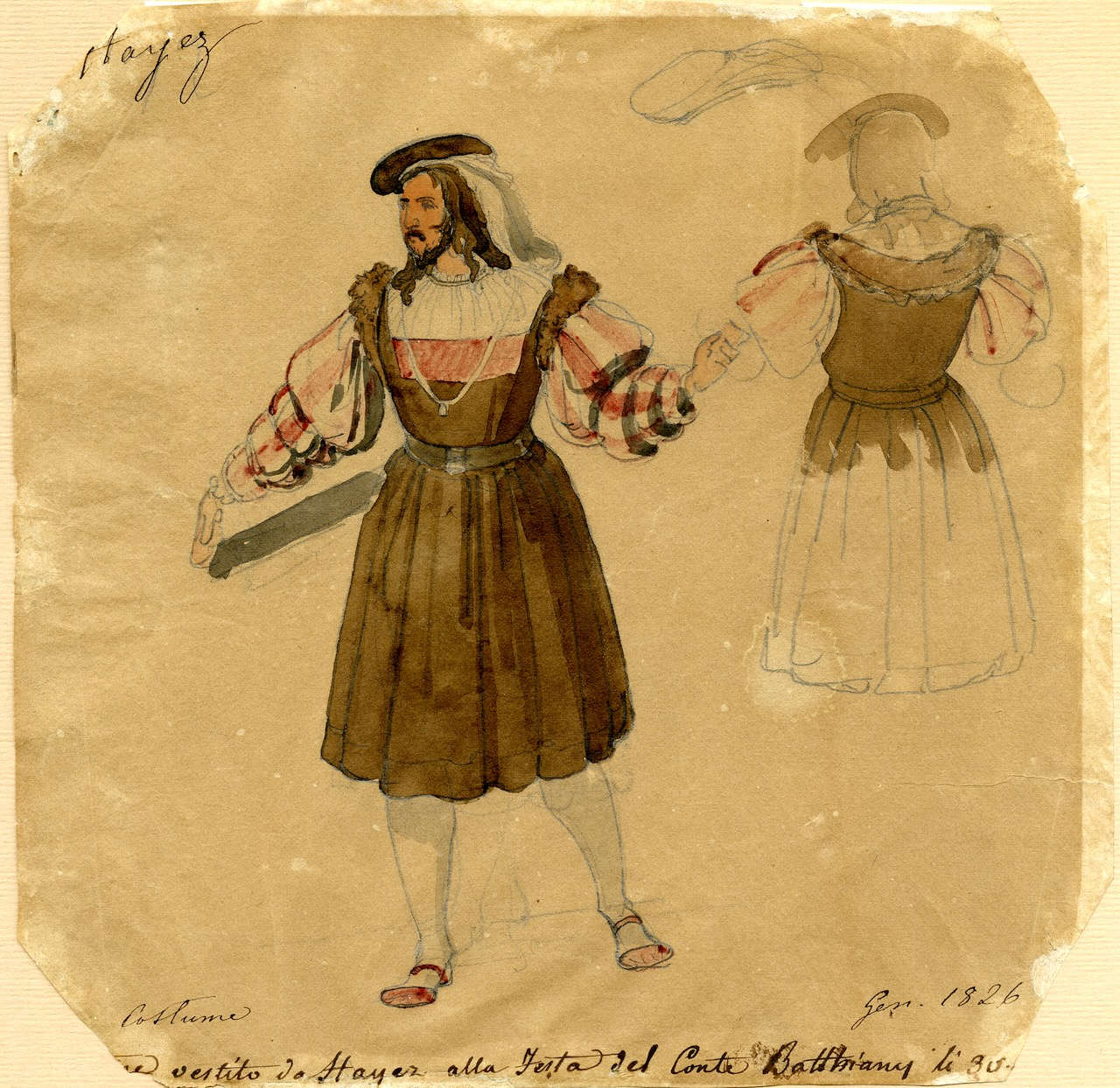
The exhibition includes eight paintings and eight drawings among the most representative of Hayez’s oeuvre, many of them rarely exhibited to the public and still in private collections. The works illustrate the Venetian painter’s artistic evolution, from his neoclassical training to the establishment of the Romantic language. Prominent among the paintings are Joseph Explains Dreams and The Education of Achilles, made during his study period in Rome, where the artist was welcomed into the circle of Antonio Canova. The influence of neoclassical sculpture and the tension toward an art capable of combining ideal and sentiment are reflected in these early works. Also highly suggestive is Gioas re at seven, in a different version than the one preserved at the Museo Revoltella in Trieste. The painting shows Hayez’s care for the rendering of costumes and settings, while the psychological dimension of the young king anticipates the introspection that would become a constant feature of his art.
The exhibition also presents a small but valuable unpublished work, the Penitent Magdalene, for which his mistress Carolina Zucchi posed and which enriches the painter’s catalog with a subject he tackled several times in the 1920s and 1930s. Inspired by Canova’s model but reinterpreted with a wholly Romantic sensibility, the work reveals the artist’s inner tension and his ability to blend ideal beauty and human pathos. Other noteworthy works include the sketch for the Thirst of the Crusaders under the Walls of Jerusalem (1838), Hayez’s most ambitious work, executed between 1833 and 1850 and destined for the Royal Palace of Turin where it is still kept, and also a plaster statuette by Alessandro Puttinati (Verona, 1801 - Milan, 1872), which depicts Hayez with brush and palette, capable of restoring an imposing, almost monumental presence, a quality reminiscent of Francesco Barzaghi’s famous bronze monument erected next to the Brera Palace.
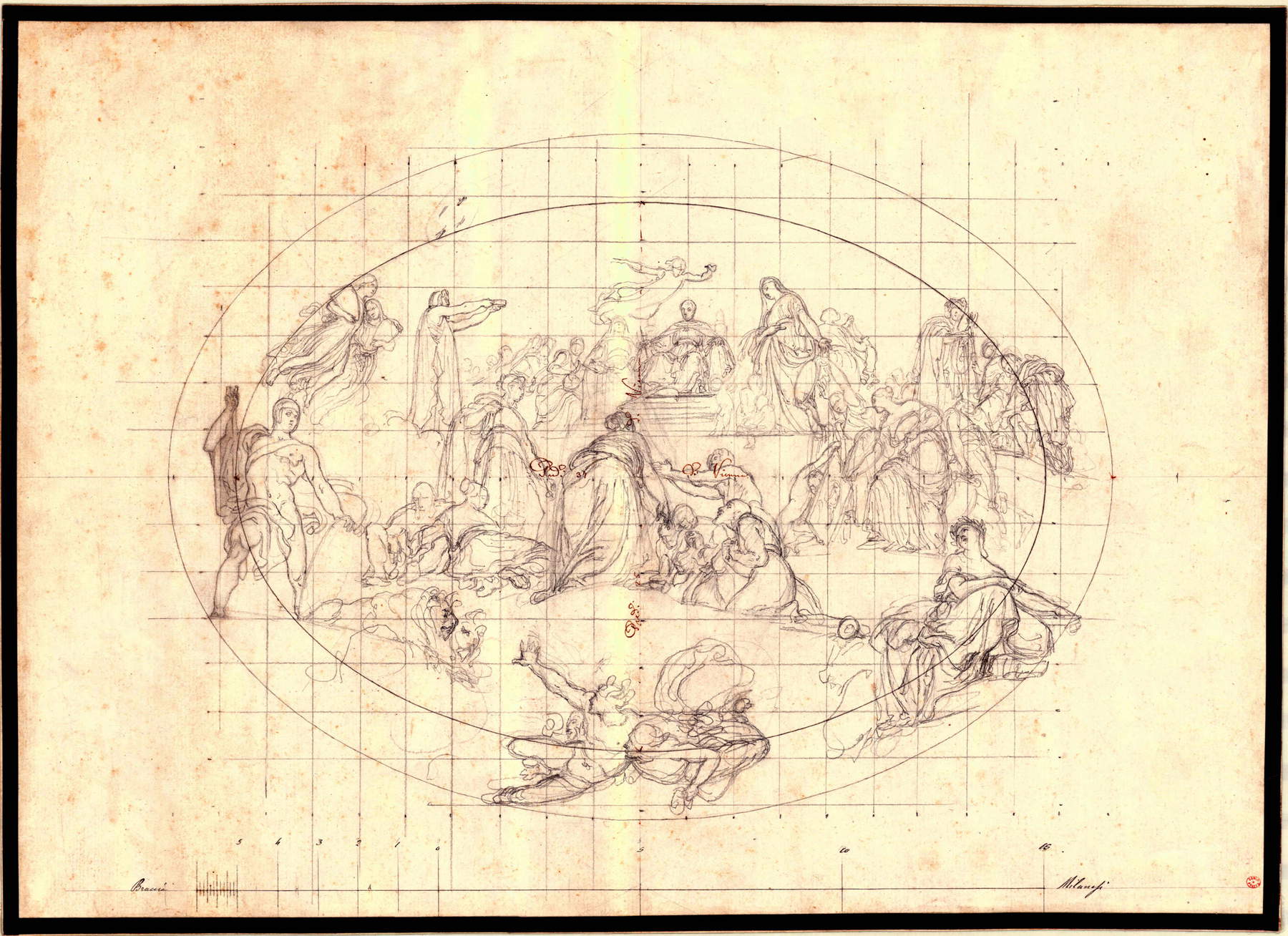
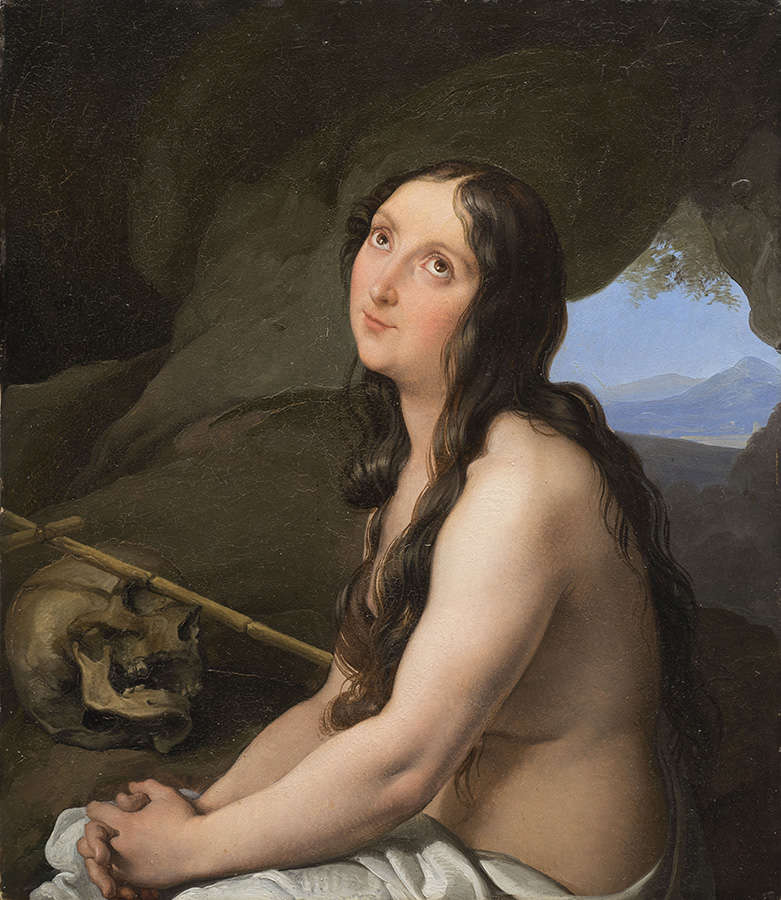
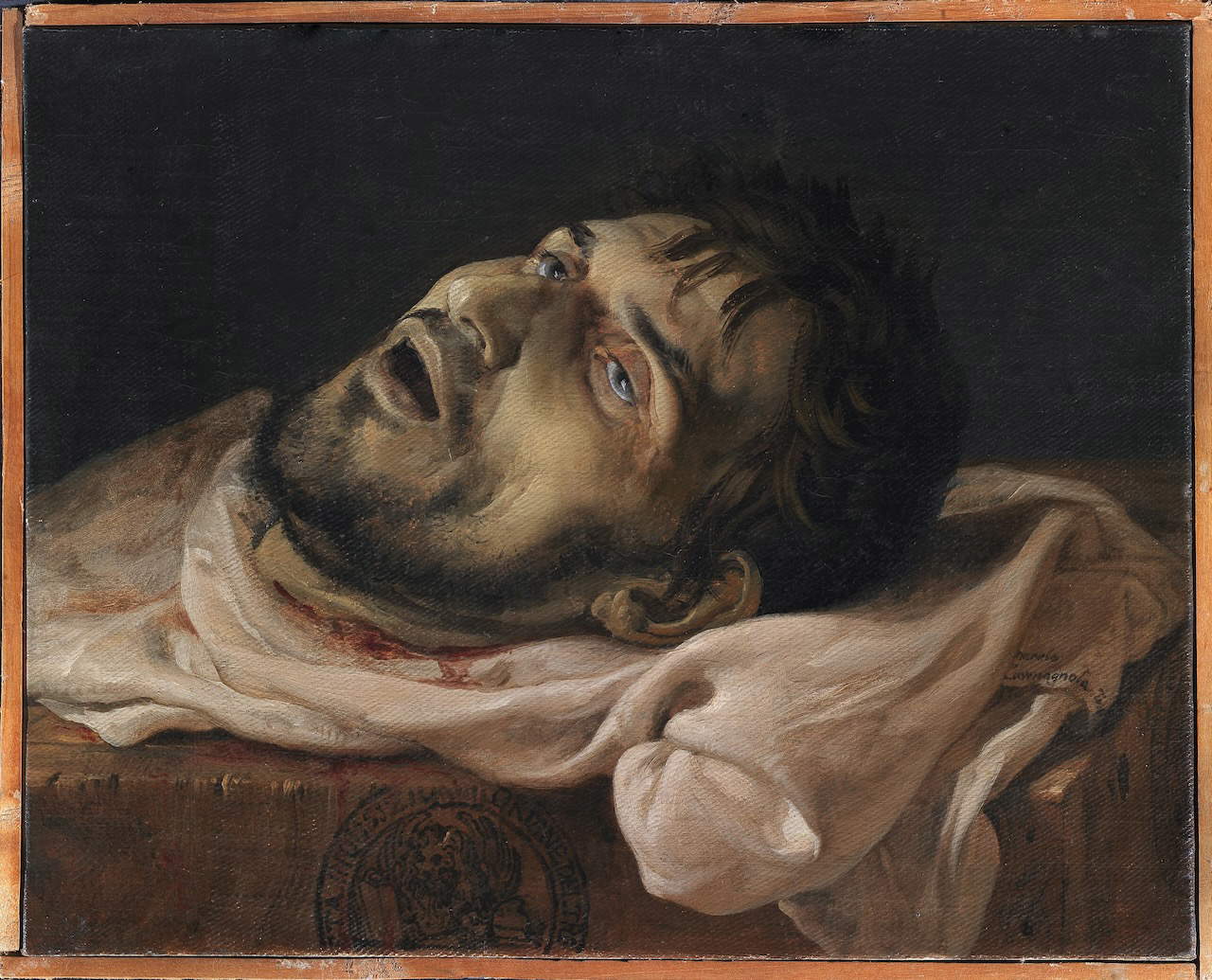
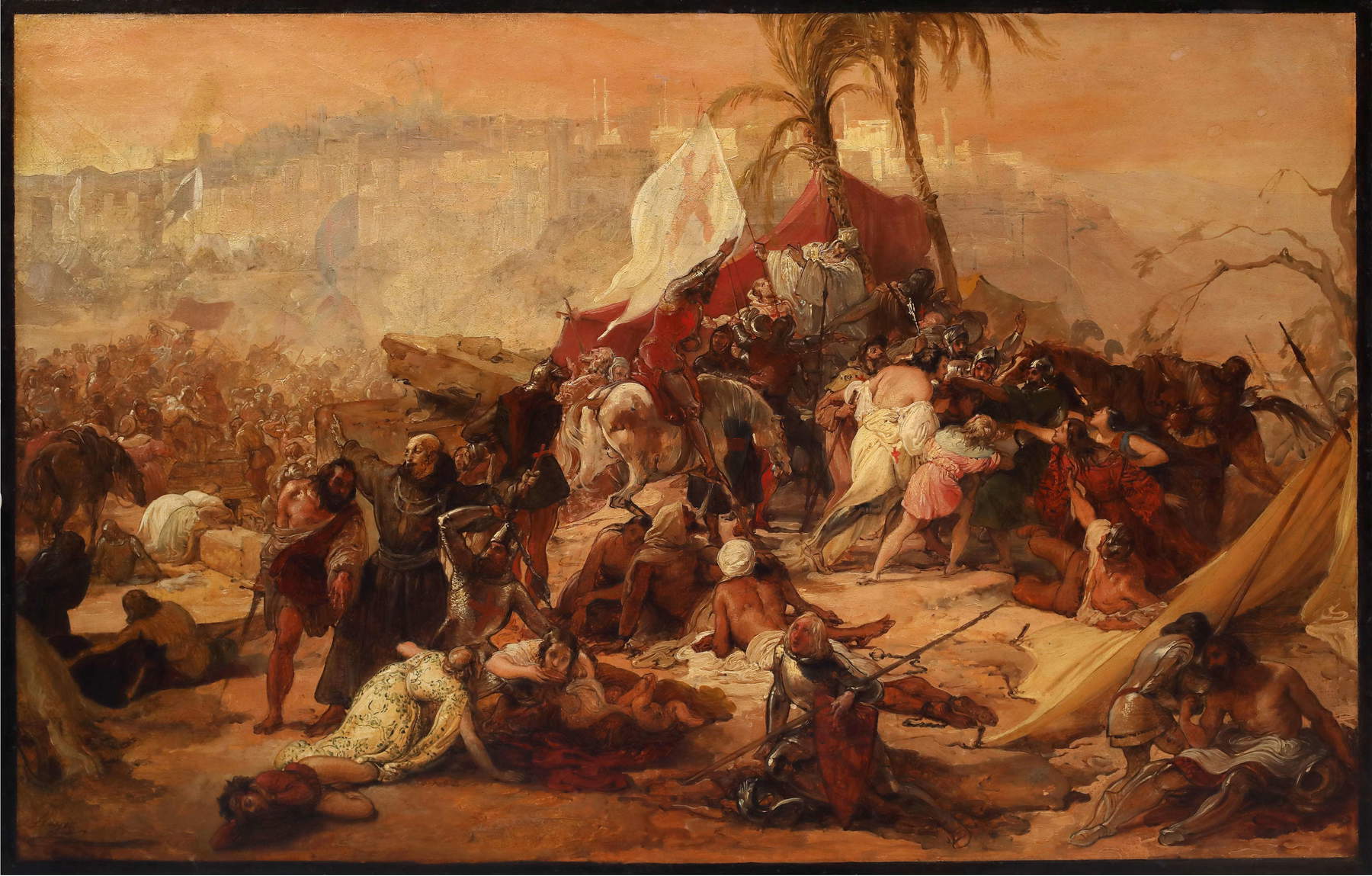
Hayez spanned nearly a century of Italian history, bearing witness through painting to the political and cultural changes that led to unification. Celebrated by Giuseppe Mazzini as the “vate of the nation,” he shared with Alessandro Manzoni and Giuseppe Verdi the same ideals of freedom and civil redemption. His language, suspended between allegory and realism, made him a “civil painter,” an interpreter of collective destinies and at the same time an investigator of individual psychology. In his portraits, in particular, Hayez was able to capture the identity of a changing society, giving face and form to the new modern citizen, torn between aspiration and melancholy.
“With Portraits of Romantic Milan we want to give back to the city the memory of an extraordinary season, in which art, music and literature dialogued with each other with a unique intensity,” explain the organizers of the initiative. “Milan was not only a creative center, but a true laboratory of modernity and feeling, which continues to inspire us in our contemporary times.”
The exhibition invites the public to rediscover the city’s role in the 19th century, when the experiences of artists, writers and musicians were intertwined among its streets. In Milan’s salons and academies, the great works of Italian Romanticism were born: The Betrothed, Nabucco, and Hayez’s portraits that gave face to the new sensibility of the time.
The installation of Hayez and His Time proposes a direct dialogue between works and architectural space. The portraits, arranged along the walls of the neoclassical salon, dialogue with period stuccoes, mirrors and chandeliers, restoring to the visitor the atmosphere of nineteenth-century Milanese residences. Each painting is accompanied by a critical apparatus illustrating its collecting history, literary sources and cultural context. The itinerary concludes with a reminder of the link between art and identity: just as Hayez painted the Italy that was being born, today Milan is once again questioning its role as Europe’s cultural capital, a place of dialogue between memory and innovation.
The exhibition is open Monday through Saturday from 11 a.m. to 1 p.m. and 2 to 6 p.m. Free admission.
 |
| In Milan, the portraits of Romanticism: Hayez and his time at Palazzo Borromeo d'Adda |
Warning: the translation into English of the original Italian article was created using automatic tools. We undertake to review all articles, but we do not guarantee the total absence of inaccuracies in the translation due to the program. You can find the original by clicking on the ITA button. If you find any mistake,please contact us.